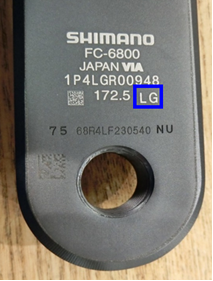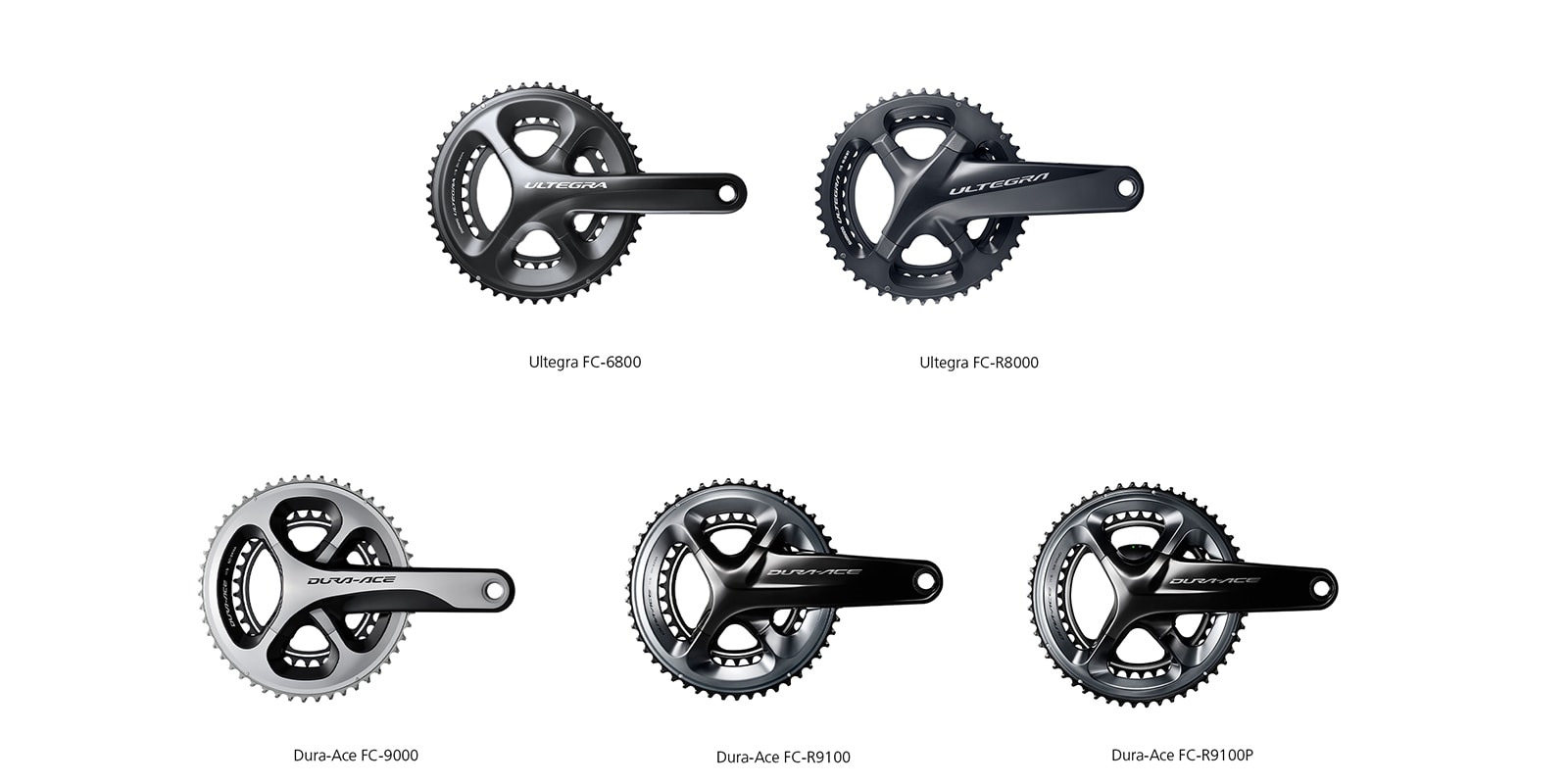Big news from Shimano today, especially if you’re riding an 11-speed road bike. In conjunction with the CPSC (Consumer Product Safety Commission), Shimano is announcing a “voluntary inspection and replacement recall notice.
Specifically, the recall notice applies to Shimano Ultegra & Dura Ace 11-speed road cranks manufactured before 2019, and sold as early as 2012. According to the CPSC, the recall includes 680,000 cranksets sold in the U.S. plus another 80,000 sold in Canada. There is no “recall” outside of the U.S. since that is handled by the CPSC, but Shimano does have an inspection and replacement program set up in each region around the world. Note that these numbers are the total number of cranks that exist within the production window that need to be inspected. Shimano expects the total number of cranksets that need to be replaced to be much lower.
The CPSC also notes that there have been a surprisingly high number of failures noted before the recall was put into place – 4,519 to be exact. Fortunately, there have been relatively few injuries, but of the six reported injuries there have been “bone fractures, joint displacement, and lacerations.”
For any consumer that might have an affected crankset, step one is identification. If your crankset is identified as part of the included production code range, there is an inspection process that includes listening for noise, inspecting for abnormalities, cracks, visual imperfections, or anything else that would signal the bonding could be separating. For those cranks that show signs of separation, they’ll be replaced at no charge.
For more details on the issue, check out the page from Shimano or the CPSC.
Crank Identification and Inspection Process from Shimano
Step 1 – Determine whether this notice applies to your crankset
Step 1A – Identify the model number of your crankset
The affected model numbers are DURA-ACE and ULTEGRA branded cranksets with the following model numbers: ULTEGRA FC-6800, FC-R8000 and DURA-ACE FC-9000, FC-R9100 and FC-R9100-P. The model numbers are stamped on the inside of the crank arm near the bottom of the arm (see yellow square in the] image below)
Does the model number on your crank arm match the model numbers above?
NO: The crank is not affected, and no further action is needed.
YES: Proceed to STEP 1B.
Step 1B – Identify the production code stamped on your crank arm (blue box on the image below)

- A production code is stamped on the inside of the crank arm near the bottom of the arm. The affected models are pre-July 2019 production and have the following two-letter production code on backside of the crank arm where the pedals are attached: KF, KG, KH, KI, KJ, KK, KL, LA, LB, LC, LD, LE, LF, LG, LH, LI, LJ, LK, LL, MA, MB, MC, MD, ME, MF, MG, MH, MI, MJ, MK, ML, NA, NB, NC, ND, NE, NF, NG, NH, NI, NJ, NK, NL, OA, OB, OC, OD, OE, OF, OG, OH, OI, OJ, OK, OL, PA, PB, PC, PD, PE, PF, PG, PH, PI, PJ, PK, PL, QA, QB, QC, QD, QE, QF, QG, QH, QI, QJ, QK, QL, RA, RB, RC, RD, RE, and RF. Please proceed to Step 2 if your crank has this code. If your crankset does not have one of these codes, please proceed to step 3.
- If you have noticed any changes in the feeling of the crank when you pedal or hear noise or creaking, please proceed to Step 2.
- Consumers who believe they have an applicable product or are unsure how to check the manufacturing code are asked to contact an authorized Shimano retailer to schedule a free crankset inspection. Please see below for instructions on how to figure that out. You may also call us at (844) 776-0315 for assistance.
- Consumers with cranksets that do not fall within the specified date codes do not need to take further action regarding this safety recall or inspection.
- Please proceed to Step 3.
Step 2 – Take the Bicycle to the Retailer for Inspection
- Shimano has developed the crank inspection process and will provide clear instructions and tutorials for retailers.
- You can take your bike to a participating retailer starting October 1st
- The retailer will inspect the crankset for signs of bonding separation or delamination.
- Retailers will submit the required information to Shimano so that we can document the inspection, results, and replacement cranks if needed.
- Shimano is required to maintain this information for CPSC reporting and to ensure the process is completed.
- Consumers whose cranksets show signs of bonding separation or delamination during the inspection will be provided a free replacement crankset* from Shimano that the retailer will professionally install.
Step 3 – Ride safely and continue to inspect your bicycle/equipment
- If your crankset passes the inspection and has no signs of delamination, we appreciate your patience and diligence in having the safety inspection done. You may continue using your crankset as normal.
- If your crank requires replacement, we appreciate your patience to complete this process.
- We encourage all riders to maintain their bicycle and riding equipment diligently.
- Have your bike tuned up and inspected regularly (ask your retailer for recommendations based on your riding habits).
- Pay attention to changes in the sound and feel of how your bike is riding. Changes could indicate wear out, breakage, or need for adjustment to some part of your bike.
*If a replacement crankset is temporarily unavailable, Shimano will maintain a registry of retailer requests and will notify retailers when the replacement is ready.
